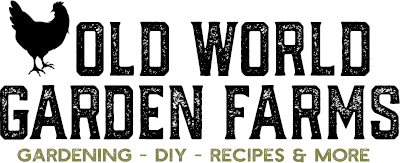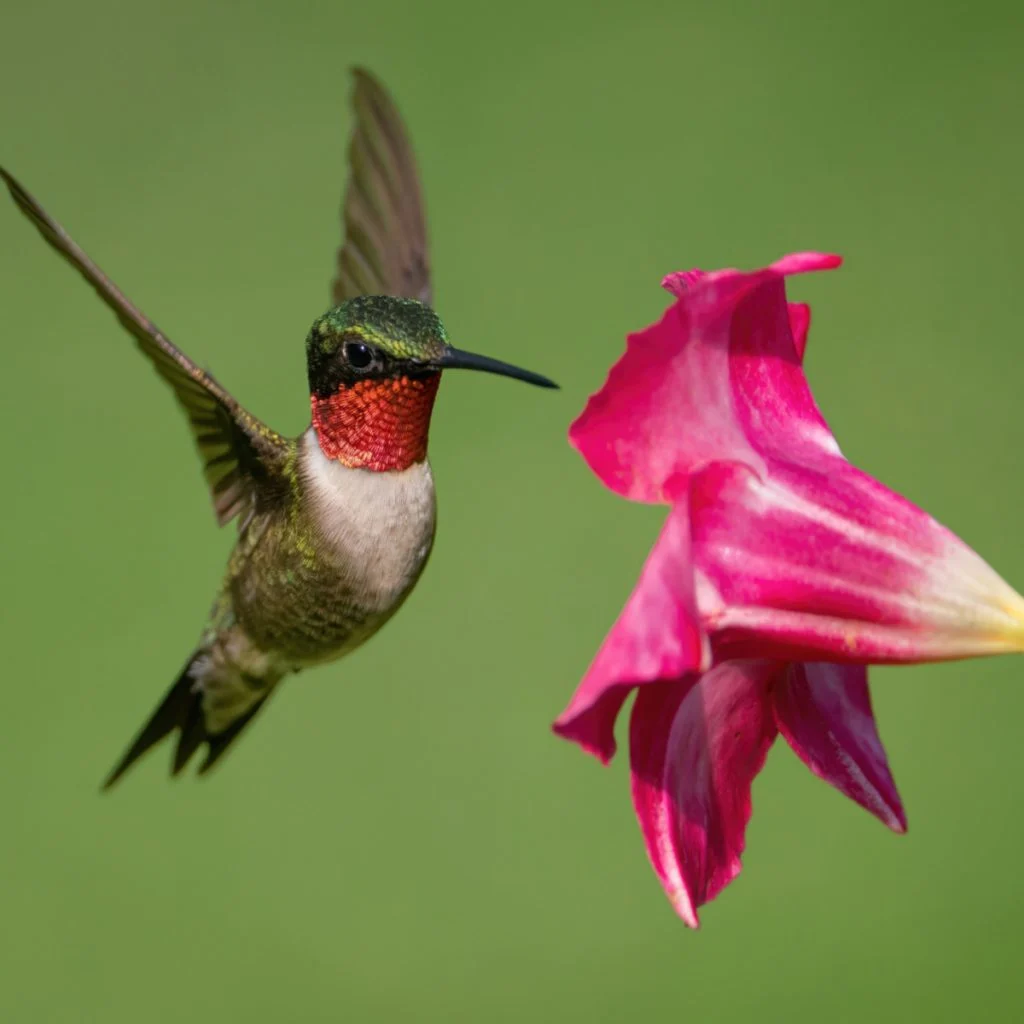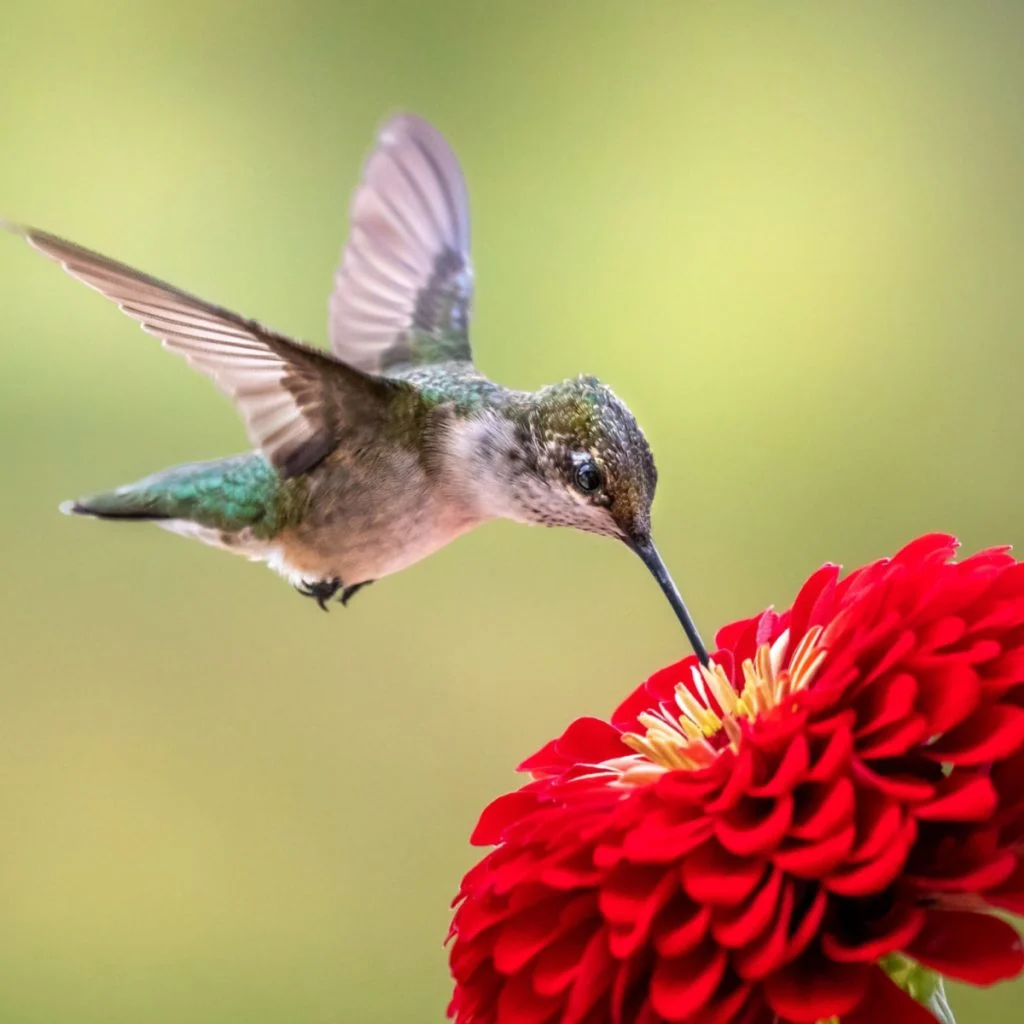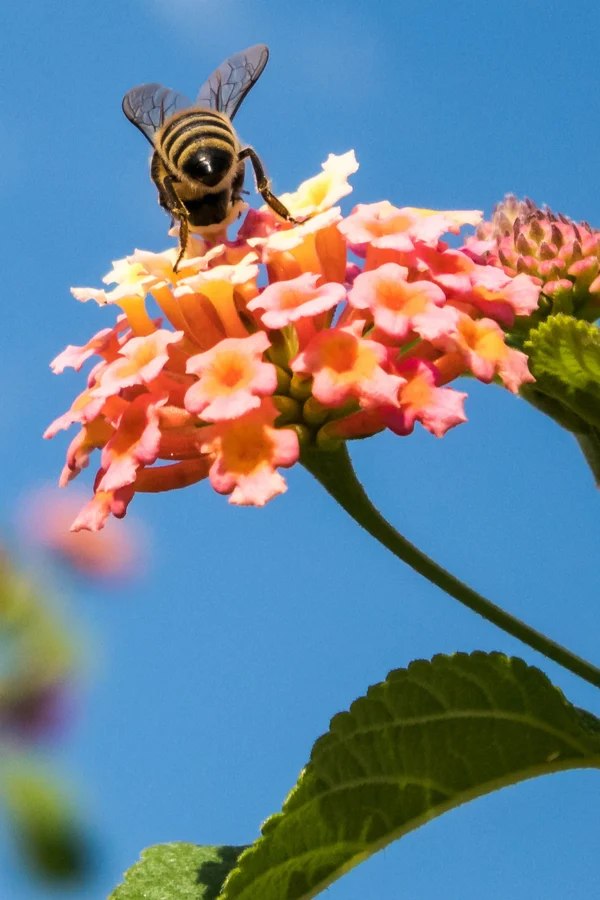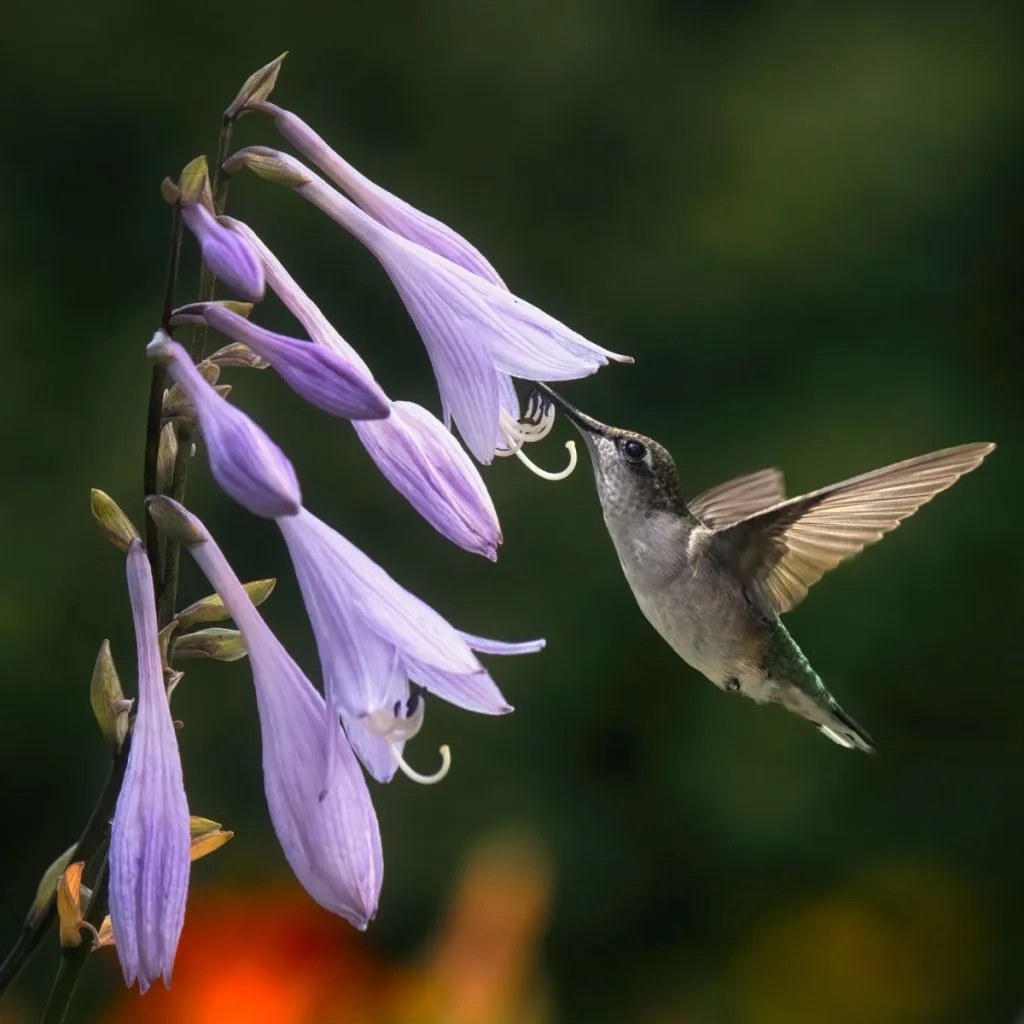One of the easiest and most effective ways to attract hummingbirds to your flowerbeds, garden and landscape are with plants – especially when you grow the annuals and perennials that produce the blooms and flowers they love most!
With their tiny size, rapid flapping wings and lightening fast movement, hummingbirds are truly one of the most exciting birds to spot working the flowers in a landscape. To watch them dart quickly between blooms and feeding on the nectar never gets old. In fact, it’s simply fascinating!
Although many gardeners use feeders designed for hummingbirds to lure them in – it is those that grow the plants they love who end up keeping hummingbirds around the most. Why? Because although feeders can provide them food – it can’t always provide the security they need as well. But plants can and do!
Flowering plants not only provide hummingbirds with the nutrition they need, they also give them cover and shelter. In fact, many hummingbirds search out plants more than feeders to have a place to both eat and rest.
How To Attract Hummingbirds With The Plants They Love Most
Growing nectar-rich annuals and perennials truly is the answer if you want to bring hummingbirds in and keep them coming back. The colorful blooms give them food, and the leaves and branches offer shelter and safety while they rest or stay alert to nearby danger.
Bright colors, especially reds, oranges, and pinks are big hummingbird magnets. While they don’t rely on scent like some pollinators, hummingbirds are very visual and are quick to explore vivid blossoms. And when those blossoms also provide sweet nectar – you’ve got the perfect combination.
With that in mind, here is a look at six of the plants hummingbirds love most!
1. Why Hummingbirds Love Zinnias
Zinnias really are the ultimate multi-purpose annual for your landscape. Not only do they provide huge all-season blooming color with their bright blooms, they also attract pollinators in large numbers. Even more, they can help keep pests away too!
Bees, butterflies and hummingbirds all love to work the blooms of zinnias. With bright flowers that can range from purple, pink, yellow, white and beautiful shades of orange, they are a welcome addition to flowerbeds, containers and gardens.
Zinnias aren’t just eye-catching, they are also hardworking garden allies too. Beyond their bold color and charm, they naturally help repel common pests like aphids and whiteflies, making them a great companion plant in both vegetable gardens and flowerbeds. They are also easy to plant and maintain.
Zinnias thrive in full sun but can tolerate partial shade. Once established, they’re impressively drought-tolerant. Better yet, they’re typically deer-resistant, making them a low-maintenance and dependable choice for a wide range of garden spaces. Last but not least, they grow quickly and easily from seed! Affiliate Seed Link: Zinnia Seeds
2. Petunias
Petunia plants are another great annual that hummingbirds love to find growing in flowerbeds, pots and hanging baskets. They are drawn to the vivid hues and trumpet-like shape of petunia blossoms, which offer a sweet nectar they love to dine on. Even better, the blooms keep on coming right until the first frost – providing a dependable food source all summer long.
Their cascading growth and colorful flowers make them perfect for pots, planters, and hanging baskets. Plus, they’re low-maintenance and thrive in sunny spots, making them an easy way to create a vibrant, hummingbird friendly display all season long.

3. Bee Balm
It’s not only annual flowers that can attract hummingbirds. Perennial bee balm is also a true hummingbird favorite, and it’s easy to see why. Its tall, spiky blooms are packed with nectar and perfectly shaped to match the long, slender bills of hummingbirds, allowing them to feed with ease.
The bright, bold flowers in shades of red, pink, or purple stand out like a beacon in the garden, catching the attention of these energetic birds from far away. Once a hummingbird discovers a bee balm plant, it’s not likely to forget it.
They will return again and again to feed from the plentiful nectar the blooms provide. And because bee balm produces a generous number of blossoms over an extended period, it offers a reliable food source throughout much of the growing season.
3. Why Hummingbirds Love Lantana Plants
Hummingbirds are naturally drawn to lantana because of its brightly colored, nectar-rich flowers. The small clusters of blooms come in vibrant shades of red, orange, pink, and yellow – all colors that are highly especially appealing to hummingbirds.
Lantana is not only beautiful, but also a reliable food source for hummingbirds. Its flowers are packed with nectar. Because the blooms grow in clusters, hummingbirds can feed from multiple flowers in one visit, which helps them get the energy they need quickly.
One of the best things about lantana is its long blooming season. While many plants start to fade by late summer, lantana keeps producing flowers well into fall. This gives hummingbirds a valuable late-season food source as they prepare for migration.
4. Hostas
Although it may seem surprising to many, hostas are another perennial plant that hummingbirds love to feed from. The shade loving plant not only fills flowerbeds with beautiful foliage, but also produces a long, spiky bloom filled with nectar. And do hummingbirds ever love it!
Hostas are a great choice for attracting hummingbirds, thanks to their tall flower stalks that make feeding easy. The tubular blooms rise above the foliage, allowing hummingbirds to move freely from flower to flower. Many varieties bloom for a month or longer, offering a steady source of nectar throughout the summer.
Even better, hostas are incredibly low-maintenance. They thrive in shade or partial sun and need very little care beyond occasional watering and cutting back in the fall. If they outgrow their space, they can be easily divided every few years.
6. Daylilies
Hummingbirds are big fans of daylilies! These vibrant perennials produce large, trumpet-shaped blooms that are a perfect match for a hummingbird’s long bill. The shape of the flower makes it easy for them to reach the nectar deep inside, while hovering in place or perching briefly on the petals.
Bright colors like red, orange, and yellow – which are common in many daylily varieties also naturally attract hummingbirds. Another reason daylilies appeal to hummingbirds is the sheer abundance of blooms.
Although each flower only lasts for a day (hence the name), most plants produce dozens of buds that open in succession, providing a steady supply of nectar over several weeks or even months. This consistent blooming pattern keeps hummingbirds coming back, as they quickly learn which plants offer a reliable meal.
In addition to being hummingbird-friendly, daylilies are easy to grow and require little maintenance. They thrive in full sun but can tolerate partial shade, and they’re adaptable to many soil types.
Hummingbird Feeders
Hummingbird feeders are still a great addition to bring in hummingbirds as well. When combined with plants they love, you can all but be assured they will visit and stay. And if you love watching them feed, you might want to try your hand at a hummingbird camera feeder. They not only feed these beautiful birds, but capture them on video too! See: The Hummingbird Camera Feeder – A Perfect Way To Bird Watch In Your Backyard!
Here is to growing a few plants that hummingbirds love in your landscape this year – and to having them visit your flowerbeds and gardens all summer long!
Old World Garden Farms
Jim and Mary Competti have been writing gardening, DIY and recipe articles and books for over 15 years from their 46 acre Ohio farm. The two are frequent speakers on all things gardening and love to travel in their spare time.
As always, feel free to email us at thefarm@owgarden.com with comments, questions, or to simply say hello! You can sign up for our free email list in the subscribe now box in the middle of this article. Follow us on Facebook here : OWG Facebook. This article may contain affiliate links.
